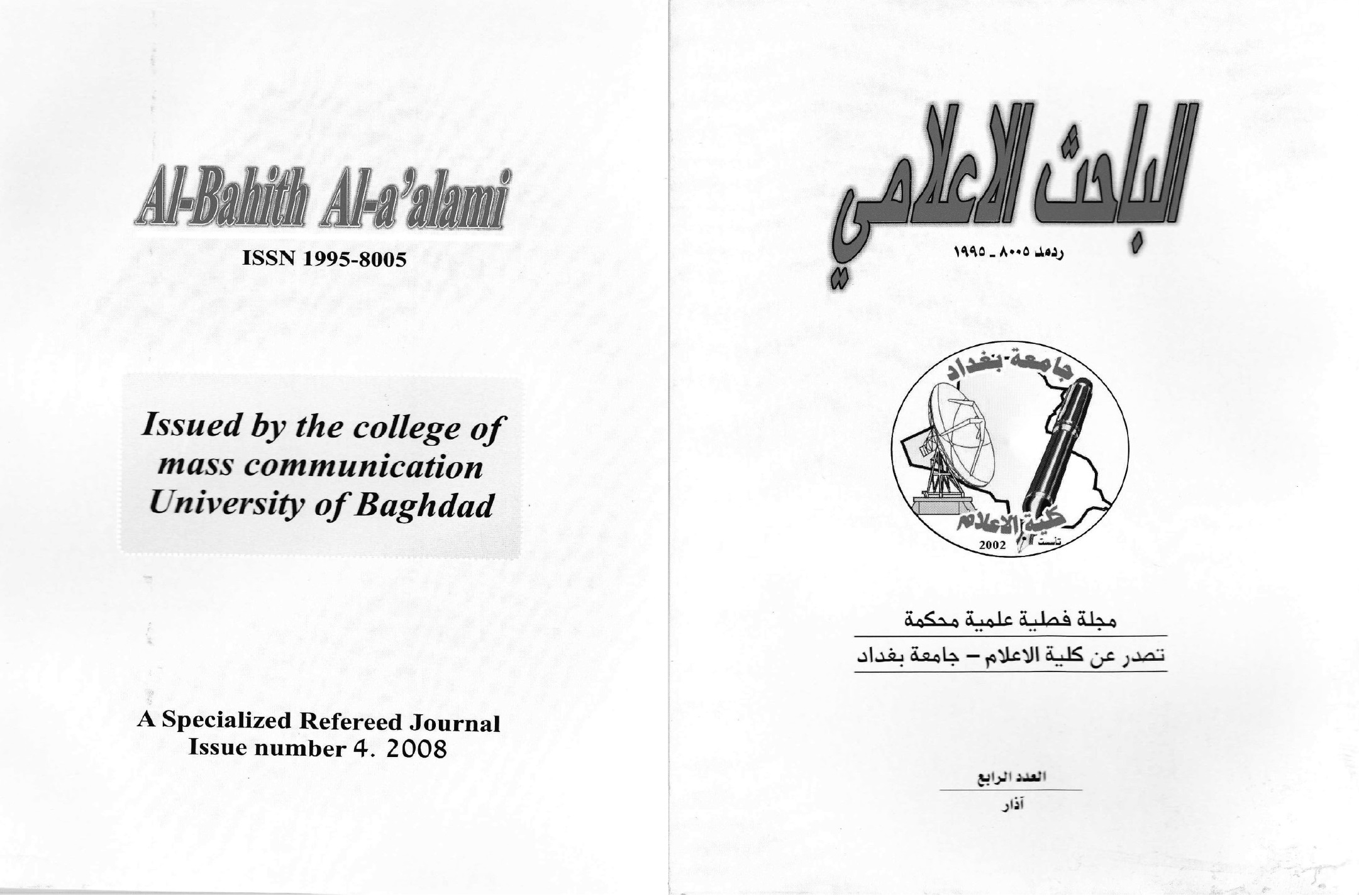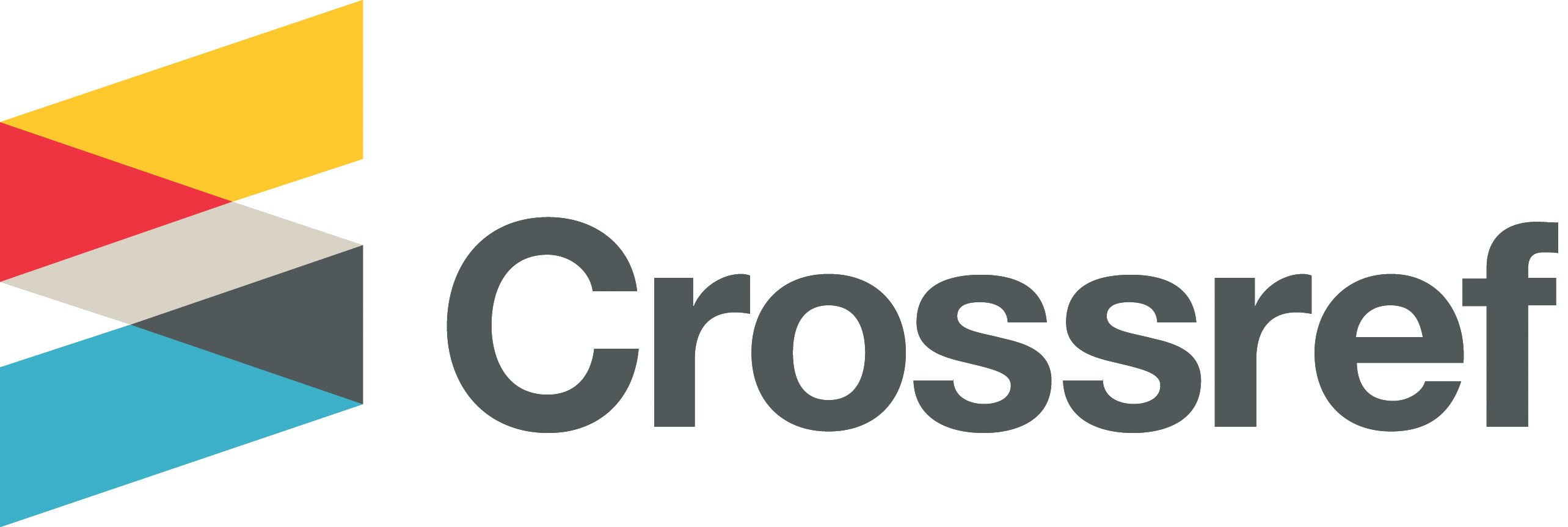POLITICAL TRENDS OF CARICATURE
(in Al-Sharq Al-Awsat Newspaper)
DOI:
https://doi.org/10.33282/abaa.v1i4.472Keywords:
Caricature, Newspaper, Al-Sharq-Al-AwsatAbstract
The importance of studying the political trends of caricature in Al-Sharq Al-Awsat Newspaper comes from the importance of this magical and satirical journalistic art, as it addresses various trends with satirical criticism that exposes the negative sides and affects the reader’s consciousness in a way or another by contributing to the public opinion about these issues and topics that affect people's lives and their future. Therefore, this art is no less important than the other arts, on the contrary, it complements the other arts and also contributes to the importance of Journalism. Also, the choice of Al-Sharq Al-Awsat Newspaper as being one of the most widely circulated and prominent Arab newspapers, they also give an importance to caricature in a very unique way, it also gets special care as it is used in almost any issue, such as articles, commentaries, investigation, dialogues, and journalistic arts in general. The problem of this research resides in a series of questions as shown below:
1- what are the main political trends contained in Caricatures ?
2- In which way Caricatures are shown ?
Based on the importance of the research and its problem, the objectives of this research became clear in answering the questions, as it became possible to have a look at the contents of the Caricatures (The research’s topic) as well as the ideas, types and characters, therefore identifying the task done by these Caricatures whether it was uncovering the problematics of phenomena or discussing them or just directing the public opinion against them. By determining the issues of these Caricatures and ideas, repetitions and percentages and also the position they held in Journalism.
It is clear from the foregoing that the analysis of Caricatures in the newspaper Al-sharq Al-Awsat during the time set by the research, has been focused mainly on the Israeli–Palestinian conflict which the center of the Arab world conflict, as well as on the Iraqi issue that involves several complex political crises represented through Caricatures and media in general, while the global issues came afterwards. We can say that Caricaturists were able to deliver messages to the Arab reader through their drawings, where they can extend their ideas and visions leaving it for the reader to make up his own perception about political events and global crises while inviting him to have an opinion about them. Perhaps this is the educational and informative intention the Caricaturists want to give, which seeks a global communication to be established.
References
2- د.ابراهيم عبد العزيز بن حمد الدعيلج، اسهام الكاريكاتير الصحفي السعودي في تسليط الضوء على المشكلات التعليمية والتربوية، بحث منشور على شبكة المعلومات العالمية (الانترنت).
3- المصدر نفسه
4- محمد اسماعيل، رسامو الكاريكاتير يفتحون النار، صحيفة الرياض، 17 ايار، 2000، العدد 12380، ص5.
5- حنان عثمان، الكاريكاتير فن المأساة الضاحكة، مقال منشور على شبكة المعلومات العالمية (الانترنت).
6- المصدر نفسه
7- محمد اسماعيل، مصدر سابق
8- محمد فريد عزت، وسائل الأعلام السعودية والعالمية (النشأة والتطور)، دار الشروق للنشر والتوزيع والطباعة، جدة، ط1، 1990، ص267.
9- حنان عثمان، مصدر سابق
10- محمد فريد عزت، مصدر سابق.
11- الكاريكاتير فن النقد اللاذع، تقرير خاص من اورنيت بريسن، جريدة الثورة العراقية 1987/11/6.
12- هو (يعقوب بن رافائيل بن صنوع) ولد في القاهرة في 9 شباط 1839 من اسرة يهودية وكان ابوه مستشاراً لدى الامير (احمد باشا يكن) حفيد محمد علي باشا. ارسل الى اوربا على نفقة الامير (احمد) لاتقان العلوم العصرية، فذهب الى ايطاليا ثم عاد بعد ثلاث سنين، انشأ عام 1870 اول مسرح عربي في القاهرة بمساعدة الخديوي اسماعيل الذي لقبه (موليير مصر)، الف نحو ثلاثين رواية، وفي عام 1877 اصدر اول جريدة هزلية عربية لانتقاد اعمال الخديوي اسماعيل واستخدم فيها اللغة الدارجة وانتشرت بشكل واسع حتى اصدر الخديوي امر بابطالها ونفي صنوع من البلاد بسبب انتقاده وسخريته. ولقد وصف صنوع بسيد الساخرين في العصر الحديث.
انظر فيليب دي طرازي، تاريخ الصحافة العربية، ج1، بيروت، مطابع دار صادر، 1967، ص283-284.
كذلك انظر د.جمال الدين الرمادي، صحافة الفكاهة وصانعوها، الدار القومية للطباعة والنشر، القاهرة، د.ت، ص19.
13- اول جريدة هزلية انتقادية اصدرها يعقوب صنوع عام 1877 في القاهرة، وكان قد اتفق صنوع كل من جمال الدين الافغاني والشيخ محمد عبده على انشاء جريدة عربية هزلية لانتقاد اعمال الخديوي اسماعيل. وقد اوعز الافغاني الى صنوع ان يجد عنواناً لها يليق بمسلكها . فخرج صنوع من بيته باحا عن حمار يركبه، فاذا بالفلاحين اصحاب الحمير قد تجمعوا حوله واراد كل منهم ان يركبه حماره، فلما زاحموه احب التخلص منهم واذا بصوت يناديه ((ياابا نظارة زرقاء))- وكان وقتئذ يستعمل نظارات زرقاء- فرن هذا الصوت في اذنيه واستحسن عبارة (ابي نظارة زرقاء) وصمم على اتخاذها عنواناً للجريدة الهزلية، فرجع الى جمال الدين الافغاني واخبره بما جرى مع اصحاب الحمير وباختياره العنوان المذكور للجريدة فضحك من كلامه ولكنه استحسن الاسم وهكذا صدر العدد الاول منها في سنة 1877.
انظر فيليب دي طرازي، المصدر السابق، ص283.
14- ناجي العلي رسام كاريكاتيري فلسطيني قاوم الاحتلال الاسرائيلي ودافع عن القضية الفلسطينية من خلال رسومه تميزت رسومه الكاريكاتيرية بشخصية (حنظلة) اغتيل على يد المخابرات الصهيونية نتيجة لمواقفه الوطنية.
15- غازي عبد الله، من ابرز رسامي الكاريكاتير في العراق، تميزت رسومه الكاريكاتيرية بشخصية (ابن البلد) البغدادي. عمل نحو نصف قرن في الصحافة وله مجموعات كاريكاتيرية منشورة، توفي منتصف التسعينات في العراق.
16- يرأس مجلس ادارة الشركة السعودية للابحاث والتسويق المحدودة (الامير فيصل بن سلمان بن عبد العزيز) ومديرها التنفيذي (عزام الدخيل) اما رئيس تحريرها (طارق الحميد).
17- لقد تم تحديد مساحة ثابتة لرسم الكاريكاتيري تبلغ (14.5سم×24.5سم).
- Caricatures derived from the word (Caricatura), of Italian origin, which means (drawing exaggerating the faults). See: Encyclopedia, Brtannica, part3, 1973.
2- Dr. Ibrahim Abdul Aziz bin Hamad Al-Duaij, the contribution of the Saudi press cartoon to shed light on educational and educational problems, research published on the World Wide Web (Internet).
3- The same source
4- Muhammad Ismail, cartoonists open fire, Al-Riyadh newspaper, May 17, 2000, issue 12380, p. 5.
5- Hanan Othman, Cartoons The Art of Laughing Tragedy, article published on the World Wide Web (Internet).
6- The same source
7- Muhammad Ismail, previous source
8- Muhammad Farid Izzat, The Saudi and International Media (Origination and Evolution), Dar Al-Shorouk for Publishing, Distribution and Printing, Jeddah, I 1, 1990, p. 267.
9- Hanan Othman, previous source
10- Muhammad Farid Izzat, former source.
11- Cartoons, the art of sharp criticism, a special report by Ornett Presen, Iraqi Revolution newspaper, 6/11/1987.
12- He (Jacob bin Rafael bin Sanoua) was born in Cairo on February 9, 1839, from a Jewish family, and his father was a consultant to the prince (Ahmed Pasha Yakon), grandson of Muhammad Ali Pasha. He was sent to Europe at the expense of Prince (Ahmed) to perfect modern science, so he went to Italy and then returned after three years. In 1870 he established the first Arab theater in Cairo with the help of Khedive Ismail, who dubbed him (Moliere Egypt), wrote about thirty novels, and in 1877 he issued the first An Arab comic newspaper to criticize the work of Khedive Ismail and used the dialect language and spread widely until the Khedive issued an order to nullify it and exile Sanawah from the country because of his criticism and sarcasm. Sanoua was described as the master of satirists in modern times.
See Philippe de Tarazi, History of the Arab Press, Part 1, Beirut, Dar Sader Press, 1967, pp. 283-284.
Also see Dr. Jamal Al-Din Ramadi, Humor Press and Manufacturers, National House for Printing and Publishing, Cairo, D.T., p. 19.
13 - The first critical newspaper, comic, published by Jacob Sanoua in 1877 in Cairo, and it was agreed that both Jamal al-Din al-Afghani and Sheikh Muhammad Abdo agreed to create an Arab comic newspaper to criticize the work of Khedive Ismail. Al-Afghani was instructed to make an address for her, appropriate for her conduct. Sanoua went out from his house looking for a donkey to ride, so if the peasants with donkeys gathered around him and wanted each of them to ride him his donkey, when they crowded him, he loved to get rid of them and if with a voice calling him ((Yaaba blue glasses)) - and at that time he was using blue glasses - this oven in his ears He applauded the phrase (Abu blue glasses) and determined to take it as a title for the comic newspaper, so he went back to Jamal al-Din Al-Afghani and told him what happened with the donkey owners and by choosing the mentioned title of the newspaper, he laughed at his words, but he deserved the name, and so the first issue was issued in the year 1877.
See Philip de Terazy, previous source, p. 283.
14- Naji Al-Ali, a Palestinian cartoonist who resisted the Israeli occupation and defended the Palestinian cause through his cartoons. His cartoons were distinguished by a character (Handala) who was assassinated by Zionist intelligence as a result of his national positions.
15- Ghazi Abdullah, one of the most prominent cartoonists in Iraq, his caricatures were distinguished by the character (Ibn Al-Balad) Al-Baghdadi. He worked for nearly half a century with the press and published published cartoon groups. He died in the mid-1990s in Iraq.
16 - The Board of Directors of the Saudi Research and Marketing Company Limited (Prince Faisal bin Salman bin Abdulaziz) and its CEO (Azzam Al-Dakhil) are chaired by either of its editor-in-chief (Tariq Al-Hamid).
17- A fixed area has been set for a cartoon (14.5 cm x 24.5 cm).
Downloads
Published
Issue
Section
License
Copyright (c) 2008 author

This work is licensed under a Creative Commons Attribution 4.0 International License.
Authors retain copyright and grant the journal right of first publication with the work simultaneously licensed under a Creative Commons Attribution License (CC BY 4.0) that allows sharing the work with recognition of authorship and initial publication in ABBA journal.


















